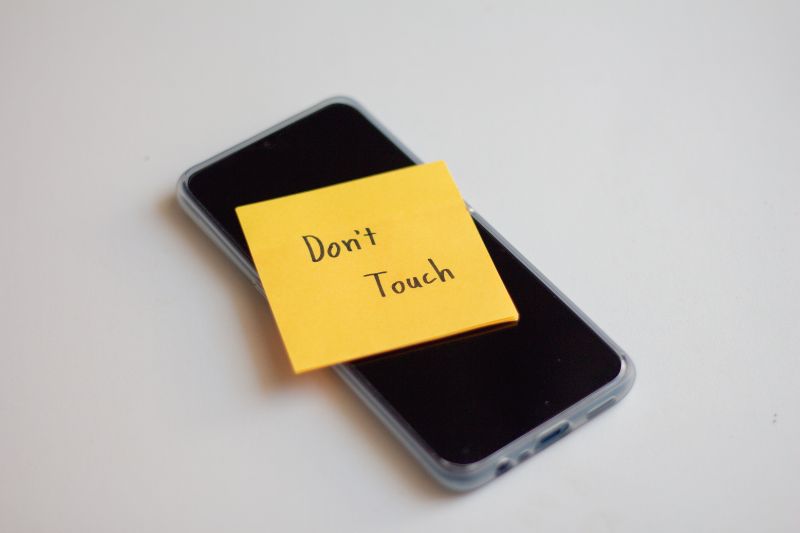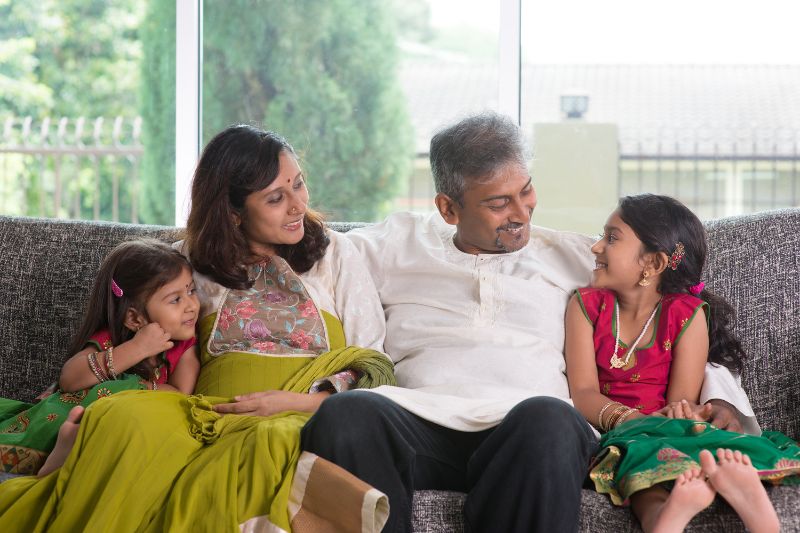The Myth of Multitasking: Creating Better Routines to Reduce Stress and Anxiety

Its after school on a Tuesday, and you are in the kitchen trying to prepare dinner (while you are talking on the phone, and checking your texts) as soon as a new notification appears. Meanwhile, your teenage son is watching television (while doing math homework and constantly checking Instagram). If this sounds familiar to you, you are not alone! Even more so as our news cycle spins 24/7, we are all hijacked by our devices into thinking that we can do all of these tasks simultaneously and well… but this is not true, especially for those of us with ADHD. In fact, multitasking usually slows productivity, changes how we absorb information, and interferes with social relationships, especially if our attention is split by our devices. The use of technology in our lives is here to stay. It is up to us to learn to manage it effectively. We can do so by reducing multitasking and building habits which improve productivity, organization and focus.
Why Multitasking is a Myth
The belief that we can effectively do multiple things simultaneously is simply untrue. When you multitask, you are simply splitting our attention. Each time you switch from one thing to another, you’re not really concentrating on either task and then need a mental warm-up to resume the suspended task. Efficiency goes down. Productivity decreases. You likely get less done and feel more depleted as a result. In fact, a recent study in the journal, Nature, found that heavier media multitasking is associated with a higher likelihood for attention lapses and forgetfulness. For adults with ADHD who already struggle with working memory and/or processing speed issues, media multitasking can have serious, if not dire, consequences.
Media Multitasking and ADHD

Media multitasking is part of the new ‘normal’. It is no longer considered rude to interrupt a conversation by responding to your cell phone. It’s now acceptable to type emails in the middle of a meeting. We have “novelty detectors” in our brains that get activated each time these things “ping.” This activation occurs in the dopamine pathway of the brain which manages pleasure, attention and addiction. These pings pull our attention away but also become addictive. ADHD brains, already taxed by executive functioning challenges and prone to seeking out high dopamine activities, are biologically primed for the increased adrenaline and cortisol these notifications deliver. Does this mean you shouldn’t listen to music while you work on a project or rely on brown noise to soothe the buzzing in your head? No. What I’m talking about is the process of switching back and forth from tab to tab, from device to device, from one sensory overload to another. These patterns overwhelm all brains but particularly those that are neurodivergent.
Opt for Single-tasking Whenever Possible
What can we do about this unhealthy trend that promotes disconnection from ourselves and from each other? Opt for single tasking as often as possible. I struggle with this too. Just like you, I’ve got a lot to do each day and it’s easier if I talk on the phone when I walk my dog or create a presentation while also checking my email. But, actually, I’m simply shredding my attention when I do this because I’m not really present for either task. And this, in turn, makes me more stressed. It’s a bad habit that sometimes feels impossible to break. You may not be able to eliminate all media multitasking habits but, if you can make even a small change, you’ll be better able to perform and feel less stressed. Here are a few suggestions for how to reduce multitasking habits and create better routines which will reduce stress and anxiety.
How to reduce multitasking habits
1. Make a conscious effort to do one thing at a time
Notice when you are multitasking and stop engaging in one of those activities for a while. Examples are not texting while driving (common but extremely dangerous) and no phones during family meals. Instead, set aside some phone-free time and use it as an opportunity to connect with your family. It’s not easy to do but the pay-offs will be increased sanity and calm for you, for them, and for your household.
2. Turn off your cell phone when you are working
 It’s one thing to listen to music and go for a run. It’s something else to receive texts or social media notifications throughout a work period. Your concentration will be constantly disrupted and the quality of your work will suffer. If you are worried about missing an emergency, then set a timer to check your phone at regular intervals. It’s the ping, ping, ping which activates your stress response, throws off your focus and increases your distractibility and vulnerability for other interruptions. Instead, use a timer for whatever break you need in between your work periods to mark its beginning and ending.
It’s one thing to listen to music and go for a run. It’s something else to receive texts or social media notifications throughout a work period. Your concentration will be constantly disrupted and the quality of your work will suffer. If you are worried about missing an emergency, then set a timer to check your phone at regular intervals. It’s the ping, ping, ping which activates your stress response, throws off your focus and increases your distractibility and vulnerability for other interruptions. Instead, use a timer for whatever break you need in between your work periods to mark its beginning and ending.
3. Close unnecessary tabs and create separate browsers
This is a hard one for many folks with ADHD. One idea can lead to another and then suddenly you have 30 tabs open. Do you feel more or less stressed when you look at the top of your screen and see all of those tabs? Ask yourself, how many open tabs can you really handle without feeling overwhelmed? Once or twice a day, reduce your tabs to that number. If you are worried that you will forget something if the tab is closed, bookmark it for later. Similarly, divide your interests into two browsers: Separating home and work stuff can really lower your multitasking tendencies. When you are at work, close the other browser, opening it during breaks only with a timer to limit yourself. Remember not going down rabbit holes.
4. Engage in conversations when you are not distracted by your phone
 It doesn’t feel good to anyone to be interrupted by a buzzing phone in the middle of conversation. Yes, it may be the custom now but, each time you do this, you signal that your phone is more important than the person you’re speaking with. This is especially true when parents turn away from their children to their own phones. It may look like multitasking but it’s really more like dismissing: you turn away from your loved one towards the digital universe. Notice how single tasking, and paying more attention to the conversation at hand, affects your engagement. Take some time to reflect on the benefits of doing fewer things simultaneously, even if it feels strange or uncomfortable. When you set limits around multitasking, no matter how small, you will start to give your ADHD brain more time and space to process and retain information, to produce a higher quality of work and show up genuinely for colleagues, friends and family. Model this change in behavior for your kids and stick by the guidelines yourself that you want them to follow. As you shift your habits, you’ll decrease information and emotional overload and build cognitive strengths like improved focus, attention and memory. Reducing media multitasking takes practice and persistence. Throw in a little self-compassion because this is a daunting process. Start slowly and don’t give up!
It doesn’t feel good to anyone to be interrupted by a buzzing phone in the middle of conversation. Yes, it may be the custom now but, each time you do this, you signal that your phone is more important than the person you’re speaking with. This is especially true when parents turn away from their children to their own phones. It may look like multitasking but it’s really more like dismissing: you turn away from your loved one towards the digital universe. Notice how single tasking, and paying more attention to the conversation at hand, affects your engagement. Take some time to reflect on the benefits of doing fewer things simultaneously, even if it feels strange or uncomfortable. When you set limits around multitasking, no matter how small, you will start to give your ADHD brain more time and space to process and retain information, to produce a higher quality of work and show up genuinely for colleagues, friends and family. Model this change in behavior for your kids and stick by the guidelines yourself that you want them to follow. As you shift your habits, you’ll decrease information and emotional overload and build cognitive strengths like improved focus, attention and memory. Reducing media multitasking takes practice and persistence. Throw in a little self-compassion because this is a daunting process. Start slowly and don’t give up!
